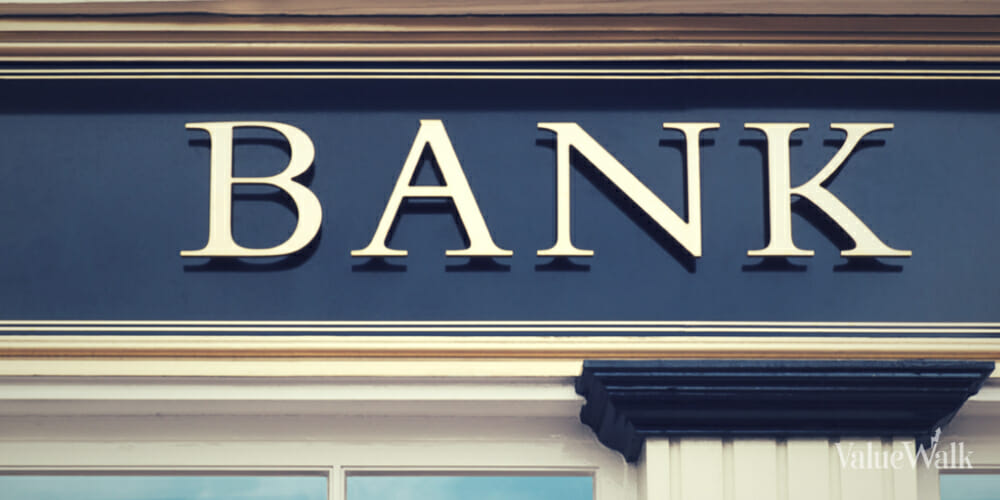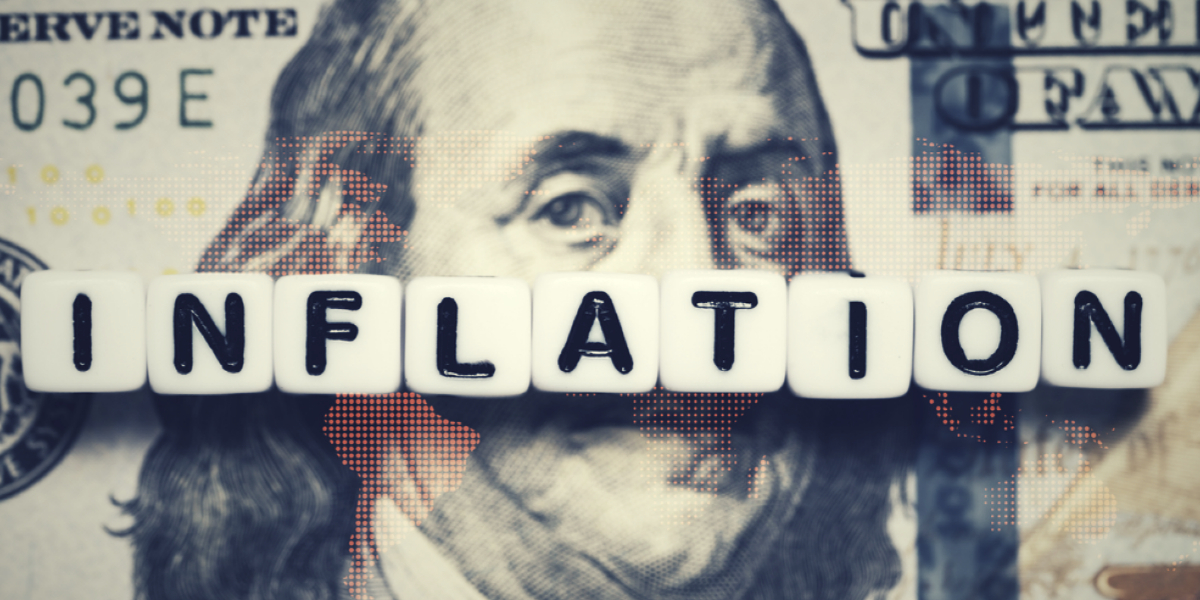The worst banking crisis since the Great Recession in 2008 happened roughly one year ago, causing four major banks to go under over the course of several weeks last spring. It started with Silvergate Bank liquidating on March 8 of last year, which set off a panic that led to Silicon Valley Bank and Signature Bank failing in the days that followed. About a month later, on May 1, First Republic Bank collapsed.
The crisis was caused by several factors, but one of the common threads was a run on deposits, as investors fled for better yields elsewhere at a time of rising interest rates. Ultimately, federal regulators stepped in to provide a backstop and large banks contributed billions to shore up the Federal Deposit Insurance Corp.’s Deposit Insurance Fund.
Banks use their deposits to fund loans, but when deposits go down rapidly, banks need to find other funding sources to maintain their liquidity. During the crisis, many banks, including those that failed, had to sell longer-term bonds, where some of the reserves were parked, at deep unrealized losses, as their values had depreciated with rising interest rates.
While regional and smaller banks were harder hit during the crisis, large banks also saw deposits decline. When deposit levels drop, banks must raise yields to attract and maintain customers, but this results in higher deposit costs. That, in turn, can impact net interest income and ultimately, earnings.
So, the healthier the deposit base, the better off the bank probably is. With the large banks reporting first-quarter earnings over the past two weeks, let’s take at where deposits are now for the large banks – one year removed from the crisis.
Deposits are still down
For the purposes of this analysis, the focus will be on deposits of the four largest banks, as well as net interest income – interest income generated after subtracting deposit costs – for each of the banks. All the numbers are year-over-year, compared to the first quarter of 2023.
JPMorgan Chase (NYSE:JPM), the largest U.S. bank, saw total deposits across the bank rise 2% to $2.42 trillion, but within the consumer banking business, deposits were down 3% to $1.08 trillion. Net interest income was up 11% to $23.1 billion firmwide, while it climbed 7% to $13.7 billion in the consumer banking business. JPMorgan Chase prides itself on its fortress balance sheet, and that reputation of stability certainly helped JPMorgan Chase navigate the crisis and avoid steep deposit losses.
Bank of America (NYSE:BAC) saw total deposits increase 2% over the specified time period to $1.95 trillion. However, within its consumer banking group, average deposits were down 7% to $952 billion. Further, Bank of America saw a 3% decline in net interest income to $14 billion throughout the bank and fell 5% to $8.2 billion in the consumer banking arm. Bank of America has been hit harder with unrealized losses on its held-to-maturity bond portfolio than other big banks, which has hurt its bottom line.
Citigroup (NYSE:C) experienced a 2% decline in total deposits in the quarter to $1.3 trillion, while in the U.S. Personal Banking business deposits were down 10% to $100 billion. Firmwide, net interest income was up 1% to $13.5 billion, and it rose 8% to $5.2 billion in the U.S. Personal Banking arm. It should be noted that Citigroup has $808 billion in deposits in its services division, which caters to corporate clients. Services deposits were down 3%.
Finally, Wells Fargo (NYSE:WFC) posted total average deposits of $1.34 trillion in the quarter, down 1% year-over-year. Within the consumer banking segment, deposits were off 8% to $773 billion. Net interest income was down 8% to $12.2 billion, company-wide, while it was down 4% to $7.1 billion in the consumer banking business.
$1 trillion has flowed from banks to money markets
One year later, the results show that even large banks are struggling to rebuild their deposits within their consumer banking businesses. JPMorgan Chase looks to be the best positioned of the four, with lower deposit declines within retail banking and steady gains in net interest income.
However, the continuing high interest rate environment has certainly had an impact on deposits, as investors continue to look for better places to park their money, like money market funds, which have offered higher yields, for the most part, than banks.
According to an analysis by the Federal Reserve Bank of Kansas City back in February, about $1 trillion has flowed from bank deposits to money markets since the current rate hike cycle began.
Should the Federal Reserve lower interest rates multiple times in 2024, as is expected, that should allow banks to reduce deposit expenses and narrow the yield spread between banks and money markets. But if inflation starts ticking back up, and the Fed holds the line on rates, or raises them again, that could spell trouble for banks, and the economy, as JPMorgan Chase CEO Jamie Dimon said in his annual letter to shareholders earlier this month.
“Small changes in interest rates today may have less impact on inflation in the future than many people believe,” wrote Dimon. “Therefore, we are prepared for a very broad range of interest rates, from 2% to 8% or even more, with equally wide-ranging economic outcomes — from strong economic growth with moderate inflation (in this case, higher interest rates would result from higher demand for capital) to a recession with inflation; i.e., stagflation.”
Stagflation would be the worst-case scenario for banks, he said, as it would bring higher interest rates, with higher credit losses, slower economic growth, and more difficult markets.
“The mini banking crisis of 2023 is over, but beware of higher rates and recession — not just for banks but for the whole economy,” wrote Dimon.





